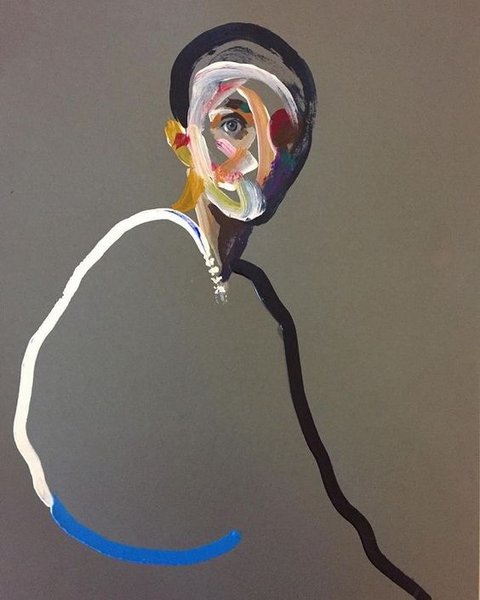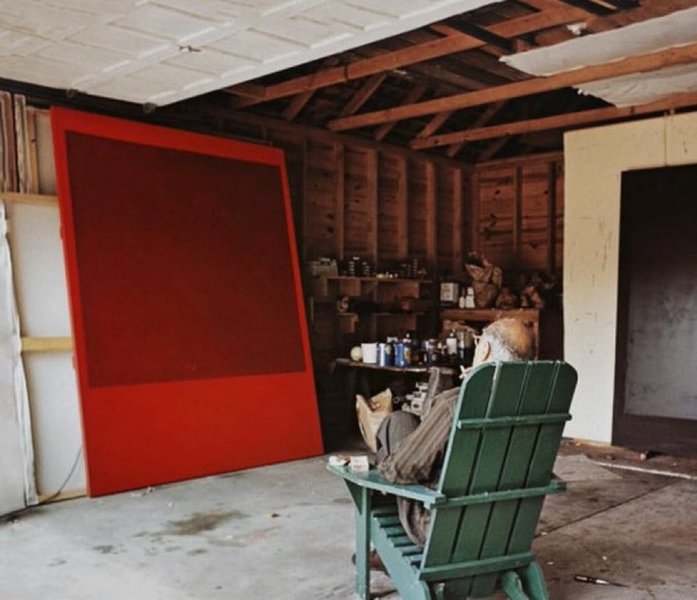Today we celebrate the birth of Mark Rothko (1903–1970), whose revolutionary canvases transformed how we understand painting’s capacity for transcendence. Rothko’s greatness lies not merely in his technical mastery but in his profound understanding of art’s spiritual dimension. His color field paintings operate as more than visual experiences—they function as spaces of encounter, demanding complete presence from the viewer. The luminous rectangles seem to pulse with their own life, their edges dissolving and reforming as we watch, creating what he called “basic human emotions—tragedy, ecstasy, doom.” The artist rejected the label of abstract painter, insisting his works dealt with the most concrete human realities. Each canvas became a meditation on mortality, beauty, and our hunger for meaning. His late works, particularly the dark paintings of his final years, confront viewers with an almost overwhelming intensity—the weight of existence rendered in layers of translucent color. Rothko understood that genuine art must risk everything. His paintings strip away decoration and narrative to reveal something essential about the human condition. They create what he termed “a place”—neither entirely of this world nor separate from it, where ordinary consciousness gives way to deeper recognition. Standing before a Rothko today, we still feel that original power: the sense that paint and canvas have become vehicles for something larger than themselves. His legacy reminds us that art at its highest reaches beyond aesthetics to touch the fundamental mysteries of existence. In an age often characterized by surface and speed, Rothko’s commitment to depth and contemplation feels more necessary than ever. His paintings continue to offer what they always have—an invitation to pause, to feel, to remember what it means to be fully human. #MarkRothko






















